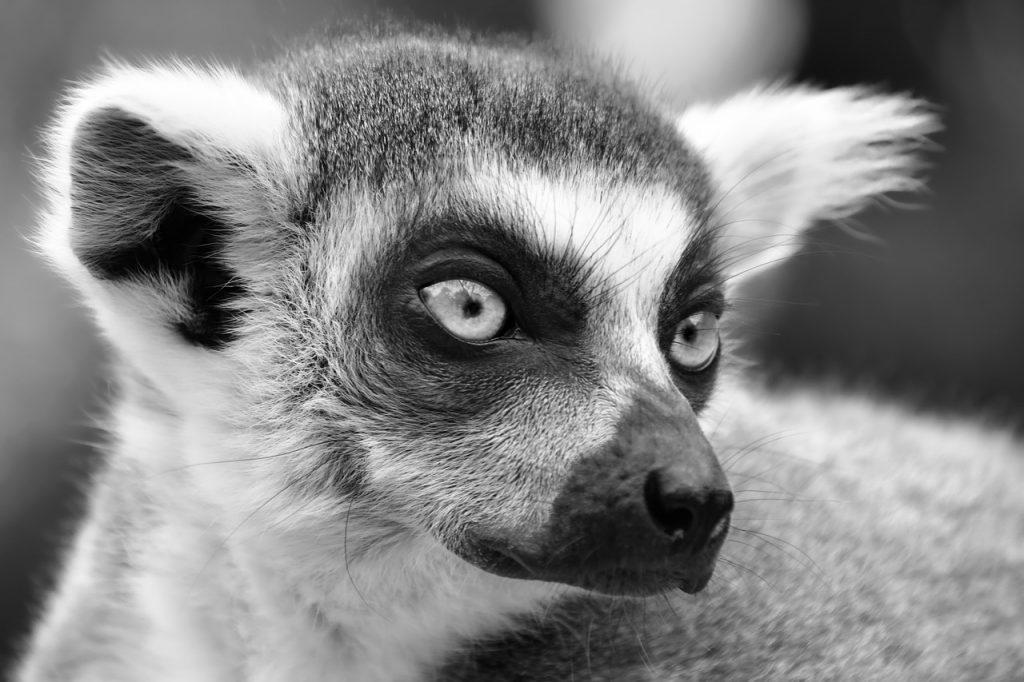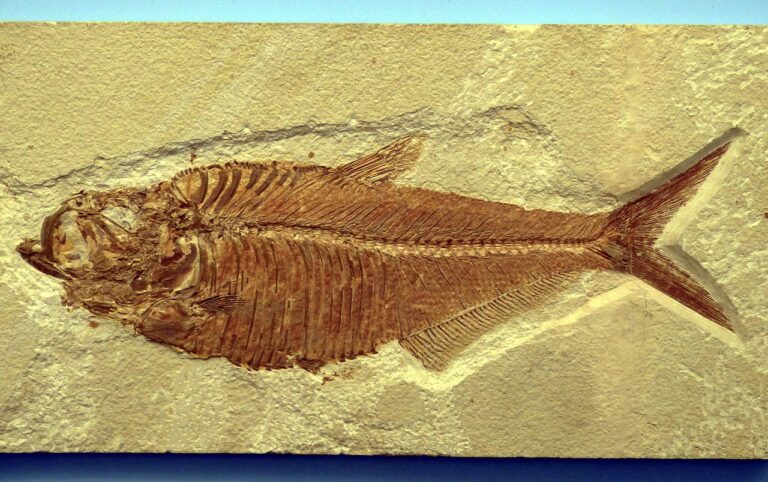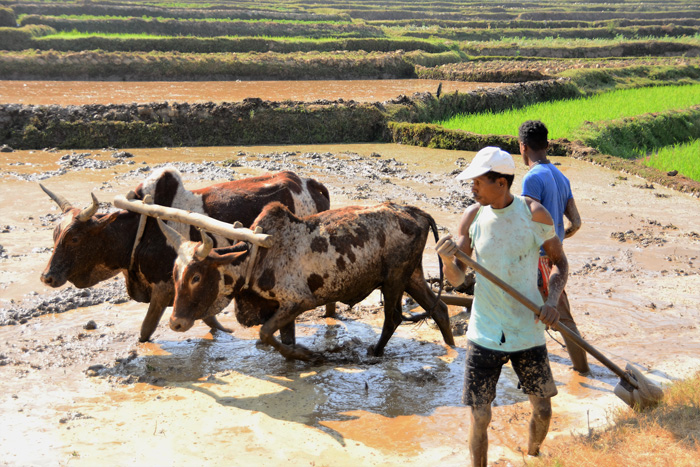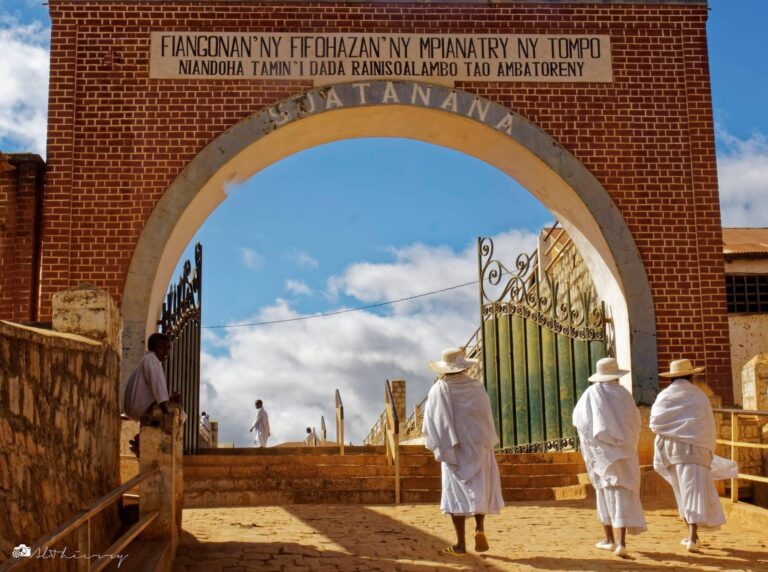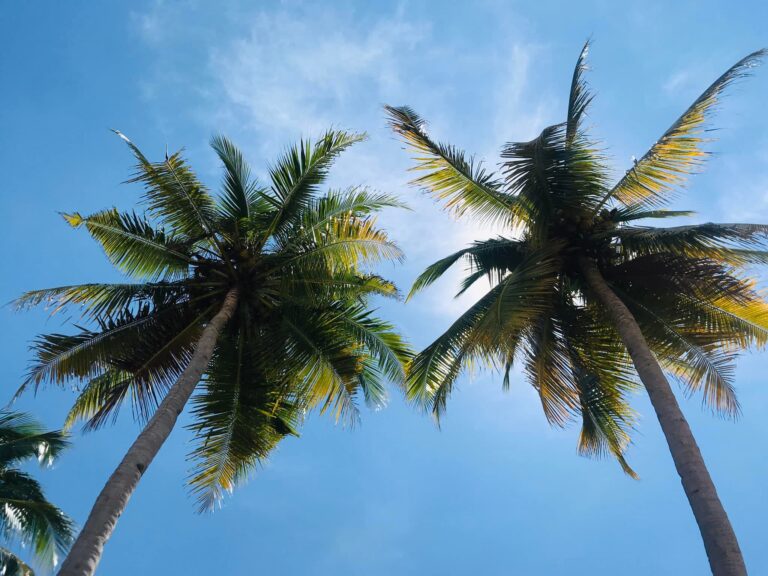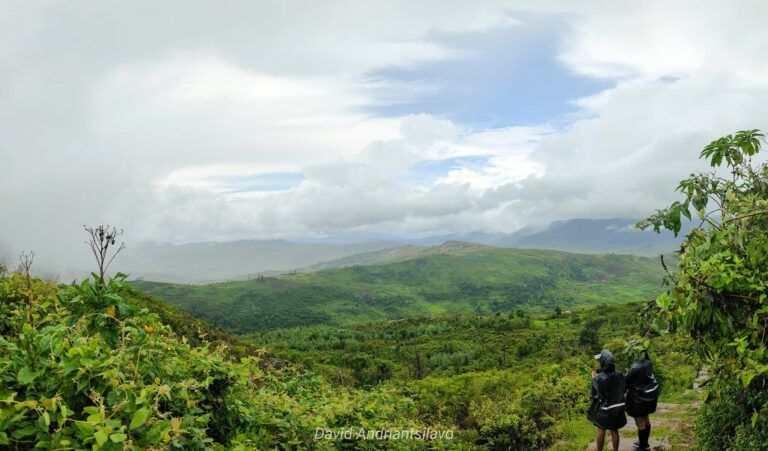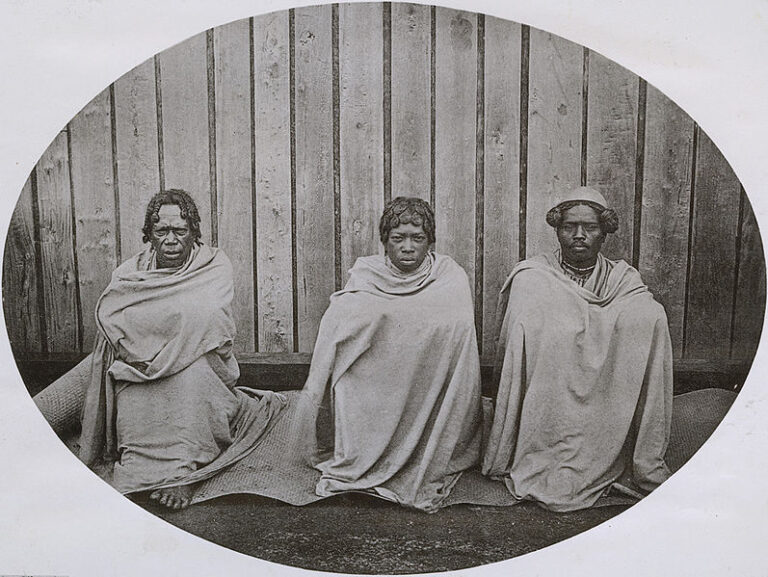
Spices and Vanilla in Madagascar’s Local Markets
Wandering through the local markets of Madagascar, one is greeted by a world of fragrances and colours. A land of spices, its market stalls are filled with culinary treasures that delight food enthusiasts and travellers seeking the authentic flavours of the Great Island.

